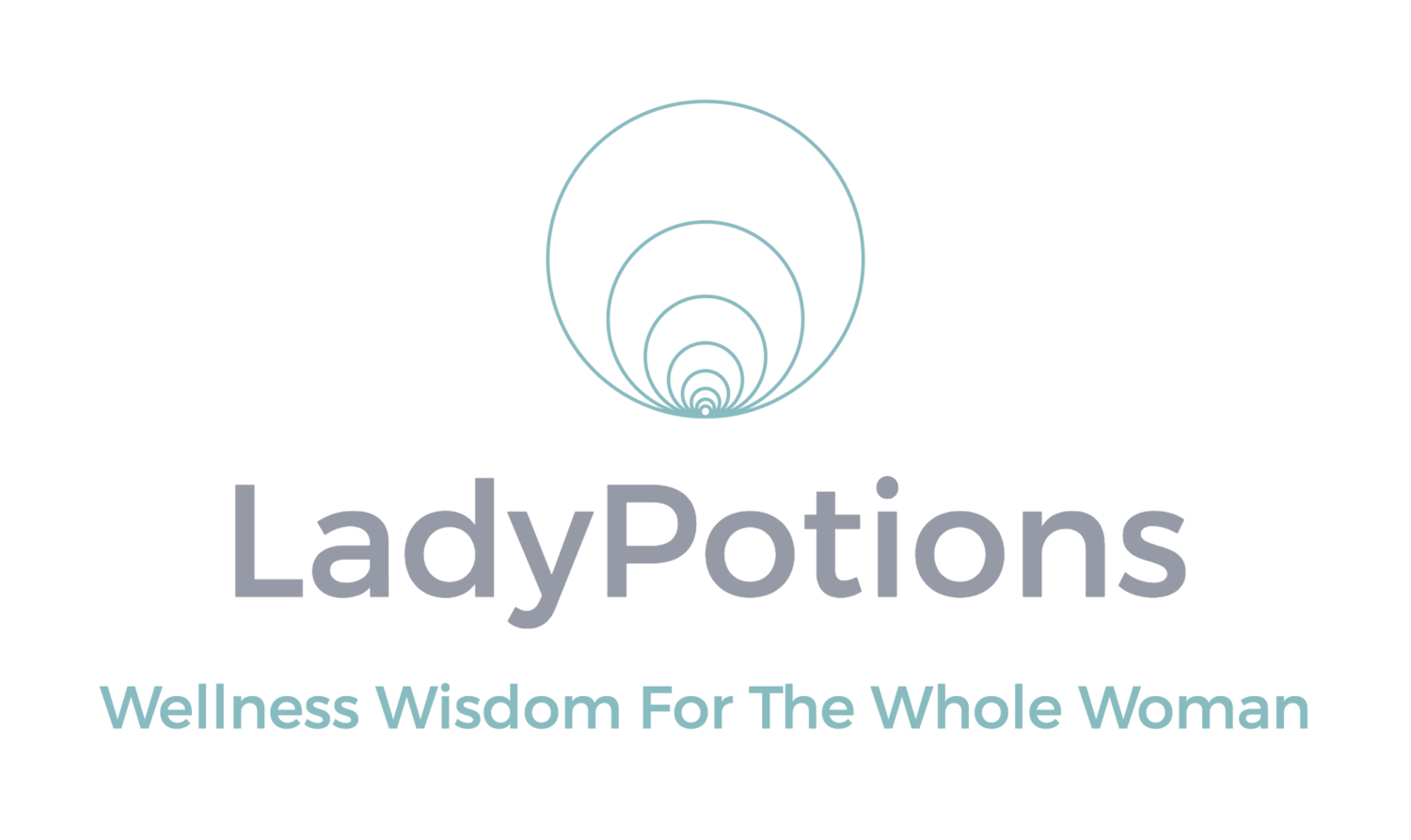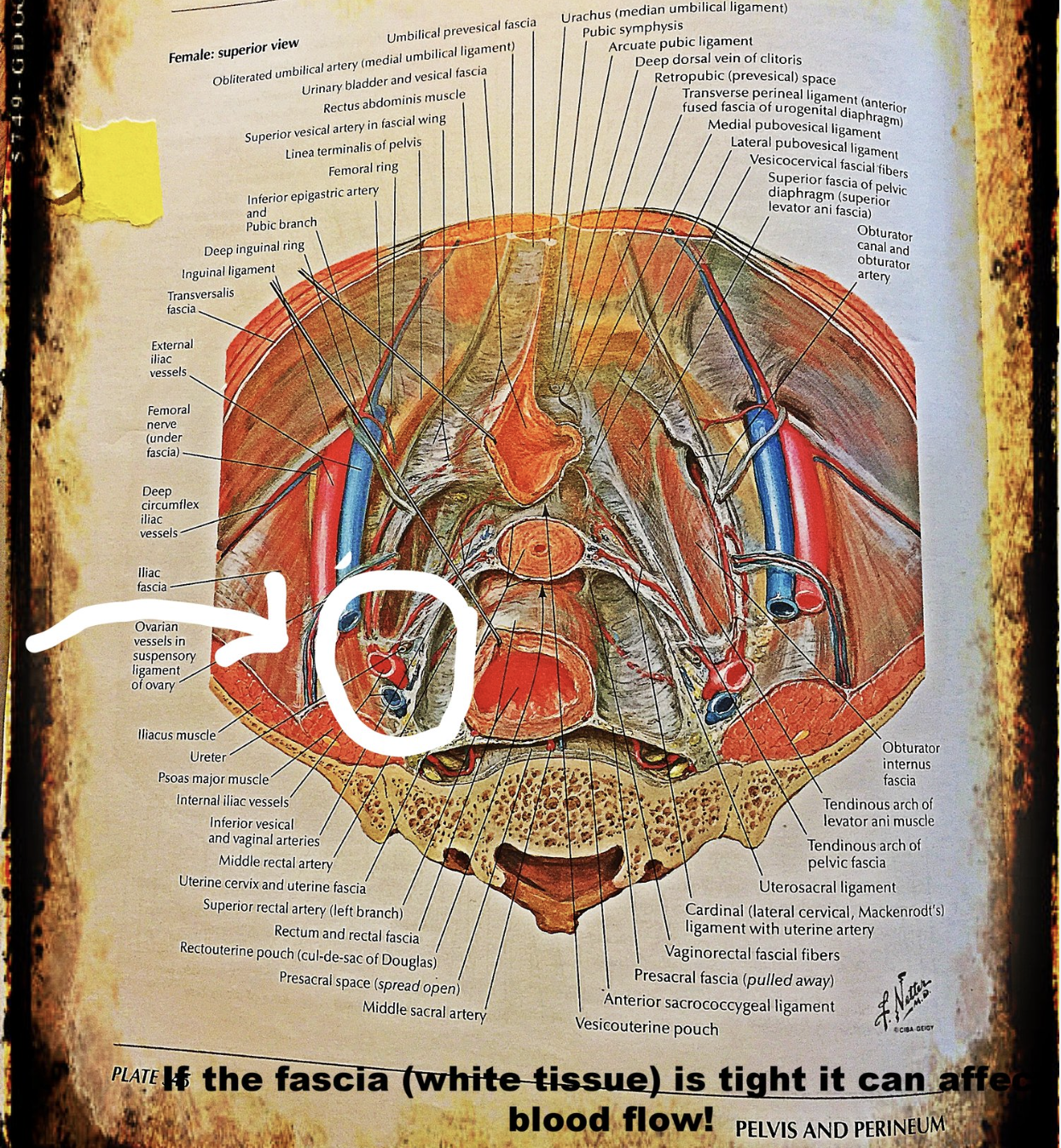Takeaways
[:59] We have seen more cases of burnout and adrenal fatigue recently in my clinic due to the effects of Hurricane Irma.
[1:49] Burnout happens when you’ve pushed your stress response system past its limit of nightly repair. You’ve been ‘stretched’ for so long that you’ve actually started to put a strain on your body rather than simply being mentally fatigued. It begins to take a toll on your physicality and your reproductive hormones take a nosedive, along with your immune system, energy, and cognitive repair mechanisms. Your brain starts saying, “I can’t let you keep pushing yourself like this anymore, so I’m going to basically send you into exhaustion and breakdown so you have no choice but to hit the brakes and pull over to the side of the road.”
[2:25] Dr. Hammer, my mentor, used to describe adrenal fatigue like this as a type of protective depression that comes over the body in order to force you to rest.
[3:32] Here are just some of the many common symptoms and health problems caused by adrenal burnout:
Blood sugar problems and insulin resistance, which is both prediabetes and hypoglycemia
Brain fog, concentration problems
Difficulty falling asleep (you feel “tired and wired”) or restless sleep
Digestive symptoms
Fatigue, Chronic Fatigue Syndrome
Feeling stuck in the “on” position – overwhelmed and overdrive
Food cravings, especially for sugar, carbs, or fatty foods, and afternoon sugar or caffeine cravings
Frequent colds, infections
High blood pressure, high cholesterol, diabetes
Hormonal imbalances, PMS, fertility problems, menopause symptoms
Inflammation, joint pain, fibromyalgia
Irritability, anxiety, or depression
Waking up tired in the morning
Weight gain (especially that “spare tire” or those “muffin tops”) due to cortisol being released
[5:49] Today I'll be talking exclusively about my favorite category of herbs called adaptogens to help you heal your adrenal fatigue and burnout. Adaptogens are a group of herbs that were first categorized with that name around the 1940s, though they’ve been used in traditional herbalism for thousands of years for their ability to improve stamina, fertility, and immunity, and as general tonics to promote longevity and well-being. Adaptogens help to regulate the hypothalamus and adrenal glands (your HPA axis), which are in charge of your stress response and cortisol production. In a stressful situation, adaptogenic herbs maintain and restore balance, normalizing your physiological response to prevent your body and mind from jumping into overdrive and becoming exhausted at every stressor. This protects your skin and body from the toll of stress and the damage of hormones like cortisol that stress releases.
[7:32] The herbs that I am discussing in this series all fall into the “generally regarded as safe” category, but that does not mean they are safe for everyone. There aren't many studies done with these herbs during pregnancy, and not all herbs are suitable for all people, so just something to keep in mind along your journey.
[8:28] Many herbs work synergistically with other herbs, so even though I am going to outline individual herbs in this series, keep in mind that most of them, if not all, are going to work best when they are combined with other compatible herbs. This is also an area where an herbalist's training and skill can take healing to a whole new level. That said, there is also value in the practice of “simpling,” where you focus on using just one single herb so you can intimately connect with its effects before using in a more powerful combination.
[9:06] While you'll start to feel improvements in as little as a week, I tell most patients to stay on them for 3-6 months and then come off and see how you feel. It all depends on how depleted you are and it takes some time to reverse damage from prolonged stress.
[10:45] Rhodiola Rosea
Rhodiola Rosea is one of the most clinically researched adaptogens with widespread traditional uses. With the ability to aid in regulating the production of cortisol, it manifests anti-fatigue, anti-inflammatory, and antidepressant benefits. Rhodiola has been studied for the ability to reduce stress in night duty physicians and fight off the fatigue of students caused by stress during exams. Strong scientific evidence for Rhodiola Rosea SHR-5 extract exists in improving attention, cognitive function, and mental performance in fatigue and in chronic fatigue syndrome. Rhodiola extract helps promote a calm emotional state and supports strong mental performance, optimal immune function, and hormonal balance. If you've ever seen it in its raw form you immediately notice its light pink color and sweet rose scent. Its cooling nature helps to avoid jitteriness that can sometimes be a side effect of other adaptogens like ginseng. This is why I reach for Rhodiola when I'm trying to reduce anxiety in a patient. It also improves mental and physical stamina, improves sleep, and reduces, “burn out,” and irritability. It boosts the immune system, decreases the frequency of colds and infections, and reduces inflammation. It is used in the treatment of chronic fatigue syndrome as well as fibromyalgia. It can be beneficial for poor appetite and as part of a treatment plan for chronic stress headaches. It's helpful in the treatment of ADHD, especially when coupled with high doses of essential fatty acids like fish oil. Personally I have used it multiple times while climbing the Pyrenees to avoid altitude sickness. It works exceptionally well for this when combined with cordyceps, reishi mushroom, and holy basil. In Tibet, it's been used for eons before ascending Everest. If you are interested in coming to the Pyrenees with me next year, check out our retreats page for more info.
[14:02] This herb has been coveted and used as medicine by many over thousands of years.The ancient Chinese had such regard for this herb that they sent expeditions into Siberia to obtain it. Siberians also secretly transported it down to the Caucasian mountains where it was traded for wines, honey, and garlic. And newly married Siberian couples routinely receive bouquets of Rhodiola as a sentiment towards increasing fertility. In men it improves erectile dysfunction, low libido. In women it relieves amenorrhea and infertility caused by minor hormonal imbalances or stress. And because of its additional ability to control blood sugars, it can be useful in the treatment of Polycystic ovary syndrome (PCOS).
Dose: 200-400 mg in capsules or tablets daily OR 2-3 mL (40-60 drops) of tincture, in water, 2-3 times daily. As a decoration simmer 1-2 tsp with 8-10 oz water for 15 min covered for then steep for an additional 45 minutes. Strain and consume 1-3 cups per day as needed. Use products standardized to 2-3% rosavin and 0.8-1% salidroside and of the Rosea variety. You may take it as a fertility tea alone or with others in an easy to comply with pill mentioned below.
Cautions: Avoid if you have bipolar depression with manic behavior. Rarely it can cause insomnia in very sensitive people.
Adrenal Response by Innate
Adrenal Response CC by Innate
HPA Axis by Gaia
Cortisol Calm — paired with the next herb Ashwagandha
[15:42] Ashwagandha
Ashwagandha, sometimes known as Indian ginseng, is one of the most commonly used adaptogen herbs in Ayurvedic healing to help balance and restore the body. Ashwagandha is a powerful calming agent, naturally lowering cortisol, reducing fatigue, balancing thyroid hormones and regulating immune function.
Ashwagandha has over 4,000 years of traditional use in India. It is considered both a food and a tonic medicine for improving energy, memory and learning, promoting libido, and preventing premature aging. Ashwagandha is calming and anti-inflammatory. It is used to improve sleep, reduce anxiety, improve memory, and reduce inflammation and oxidative stress (damage from inflammation). It boosts the immune system, is included in the treatment of arthritis, and can be beneficial in the treatment of fertility challenges.
It has been used in Ayurvedic medicine mixed with ghee and honey to treat low sperm count and sexual debility. In a double-blind, randomized, placebo-controlled trial that investigated a group of 46 male patients between 26 and 40 years of age who had low sperm count, between 5-20 million/ml. The group receiving the treatment were given 225 mg per day of a full spectrum root extract of ashwagandha. Ashwagandha root has also been used traditionally as an aphrodisiac and has been found in numerous studies to increase the secretion of testosterone in humans and animals.
Surprisingly, after just 90 days of therapy, the study found that the Ashwagandha group experienced a whopping 167% increase in the amount of sperm when compared to the control group. It was also found that the Ashwagandha group experienced a 57% increase in sperm motility. Serum testosterone also increased in this study by 17%, and LH (luteinizing hormone) by 54%. It is quite clear that ashwagandha is a tonic to the male reproductive system when the information from this study and previous studies are combined. It is for this reason that I recommend that women with Polycystic Ovarian Syndrome do NOT use Ashwagandha for stress, fertility or adrenal health (even though it is present in many fertility formulas for women). Women with PCOS already have high levels of male hormones and in theory, Ashwagandha could take the hormones the wrong way. It is thought that ashwagandha works not only through improving male hormone parameters but also by reducing stress. it is known that stress increases the amount of radical oxygen species that can damage the sperm. It can be helpful for a woman that is experiencing weakness from repeated heavy menstrual bleeding or recurrent miscarriage. One of my favorite fertility blends is Ashwagandha with holy basil and nettles for this indication.
[19:27] Aviva Romm suggests It’s suited for when you might say:
I’m tired and wired.
I struggle to fall asleep.
I have chronically achy and painful joints or arthritis.
I deal with memory and brain fog.
I’m nervous or anxious.
I have chronic fatigue syndrome, fibromyalgia, or chronic muscle tension.
Dose: 3 to 6 grams of the dried herb in capsule form daily OR 1 to 4 mL (20-80 drops) of tincture, in water, 3 times per day. Decoction: take 1/2 tsp dried root in 8 oz of water, simmer for 10 minutes, steep for an additional 30 min. Consume 4 oz 2-3 times a day as needed.
Cautions: Not for use in pregnancy; though not likely to be a problem, use cautiously if you are sensitive to plants in the nightshade family; avoid with pharmaceutical sedatives and pain medications. Avoid if you have hemochromatosis (excess iron). Avoid using if you have hyperthyroid.
[20:04] Holy Basil: The Vitalizer
Holy or “sacred” basil has been revered in India for over 5,000 years as an herb that calms the mind and spirit and promotes longevity. In Ayurvedic medicine, it is called Tulsi, which means “incomparable one.” It is used to improve energy and relieve fatigue, for its anti-inflammatory and antioxidant actions, and to lower blood glucose, triglycerides, and cholesterol. Holy basil may also protect the liver, helps with nicotine withdrawal, and elevates the mood, especially providing relief from mild depression. While this herb is related to common basil, it is a different species and common basil is not a substitute. Not only is it used as a medicinal, it is sacred to the Hindu religion and is used in the morning prayers to ensure personal health, spiritual purity, and familial well-being. Strings of beads from the plant's stems are used in meditation to give clarity and protection, hence its name. Daily use of this herb is believed to help maintain the balance of the chakras of the body. It is acclaimed as possessing sattva (energy or purity) and as being capable of bringing on goodness, virtue, and joy.
Properties: adaptogens, antibacterial, antidepressant, antioxidant, antiviral, carminative, diuretic, expectorant, galactagogue (promotes the flow of breast milk), and immunomodulator.
Dose: 2-3 mL (40–60 drops) of tincture, in water, three times daily
Cautions: None known.
[22:32] Shatavari: The Hormonal Harmonizer, Queen of Women’s Adaptogens
Shatavari is considered the “Queen of Herbs” in Ayurvedic medicine, where it is beloved as one of the most powerful rejuvenating tonics for women. It is nourishing and calming, as well as hormonally balancing; it is used for irritability and many hormonal imbalances affecting the mood, for example, emotional symptoms of PMS and menopause. It is also used as a fertility tonic and may be used for vaginal dryness, low libido, and sleep problems and perimenopause. In addition, research suggests benefits for improving immunity, antioxidant activity, improved insulin secretion, reduction in gastric acidity, and the prevention of stress ulcers. It has mild estrogenic and cholesterol-lowering effects.
Dose: 2-4 mL (40-80 drops) of tincture, in water, 2-3 times daily
Cautions: Avoid if you have a history of estrogen-receptor positive cancer.
“Due to lack of safety data, I do not recommend adaptogens for use during pregnancy, however, they are considered safe for use while breastfeeding, and can help new moms to cope with the stress and demands of sleepless nights! I also do not recommend adaptogens if you are taking any medications that suppress the immune system, unless your doctor also approves, as there can be herb-drug interactions in this case.”
— Hillary Talbott
Continue Your Journey- Links, References & Citations:
Herbal Consult
You wouldn't take your car to the plumber to get it fixed so why wouldn't you consult an herbalist when looking for the safest natural fertility solution when you are trying to conceive? Customizing herbal blends and sourcing them from safe and reputable suppliers is what I do all day long every day and I want to help you and your partner feel better and conceive faster. With this option you will undergo the same evaluation I put my acupuncture patients through before prescribing anything. We will go over your history & your partner's history, current medications, past bbt's, and any past labs so you know you are receiving a custom herbal solution unique to you.


